
Passengers on board the Asiana Airlines flight that crash landed in San Francisco on July 6 will be "treated equally" when compensation offers are calculated, the airline said yesterday.
However, if passengers decide to go to court payouts could vary dramatically even if they were seated side by side.
Three Chinese girls died and 182 people were injured when the Boeing 777 hit a seawall and caught fire after an approach that was too low and too slow.
On board were 141 Chinese, 77 South Koreans, 64 Americans, three Canadians, three Indians, one Japanese, one Vietnamese and one person from France.
All passengers with the same injuries will be offered the same compensation, regardless of nationality, Gao Jing, a spokeswoman for Asiana China, said in response to media reports that compensation would differ between Chinese and US passengers and depend on where any potential lawsuit would be filed.
"The airline has yet to decide how to compensate passengers but has always been following the international treaty and convention on the matters of compensation," Gao said.
She said it was still unclear in which country any lawsuits would be filed if any of the injured decided to sue the South Korean carrier.
Where lawsuits are filed could make a vast difference to compensation.
California attorney Mike Danko, who is consulting with lawyers from Asia about the disaster, told The Associated Press that any passenger left paralyzed could expect settlements close to US$10 million if the case is filed in the United States.
Deaths of children could mean payouts of US$5 million to US$10 million in US courts. Broken bones usually meant US$1 million settlements in the US, Danko added.
However, in other countries, the same claims could be worth far less. In China, for instance, after the Yichun air crash that killed 42 passengers in Heilongjiang Province in 2010, Henan Airlines was ordered to pay the families of each victim 960,000 yuan (US$156,384) under a civil aviation regulation issued in 2006.
And in 2001, a South Korean court ordered Korean Air Lines to pay a total of US$510,000 to a woman whose daughter, son-in-law and three grandsons were killed in a 1997 crash in the US territory of Guam that killed 228 people.
South Korean attorney Suh Dong Hee said family members who pursued their case in the US settled for as much as 100 times more than those who sued in South Korea.
The Montreal Convention is the international treaty that governs compensation to passengers during international air travel - from damaged luggage to crippling injuries and death.
The convention offers passengers five options as to where they will be able to seek compensation: where they live, their final destination, where their ticket was issued, where the air carrier is based and the air carrier's principal place of business.
"If you are a US citizen, there will be no problem getting into US courts. The other people are going to have a fight on their hands," California attorney Frank Pitre, who represents two Americans on board the plane, said.
Chinese passengers might not be allowed to file in the US because most bought a roundtrip ticket, which meant their final destination was China.
A press officer with a Beijing law firm said that Asiana was to detail its compensation package on Thursday.
"If the offers are unacceptable, the law firm will help the Chinese passengers to sue the airline in the most beneficial way," he said.
Experts say Asiana can argue that it's much more convenient for it to deal with Asian victims' cases in Asia because all parties are based there.
However, the Chinese who were injured in San Francisco will also be able to sue others who may have contributed to the accident, such as the plane's manufacturer Boeing and San Francisco airport personnel to ensure that the lawsuit is filed in the US, according to Zhang Qihuai, a senior Chinese civil aviation lawyer.

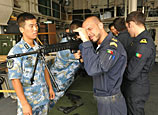
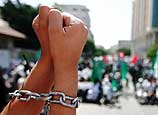
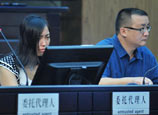




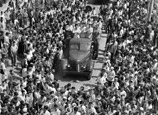
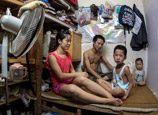






 College student car models show youthful vigor
College student car models show youthful vigor


![]()
